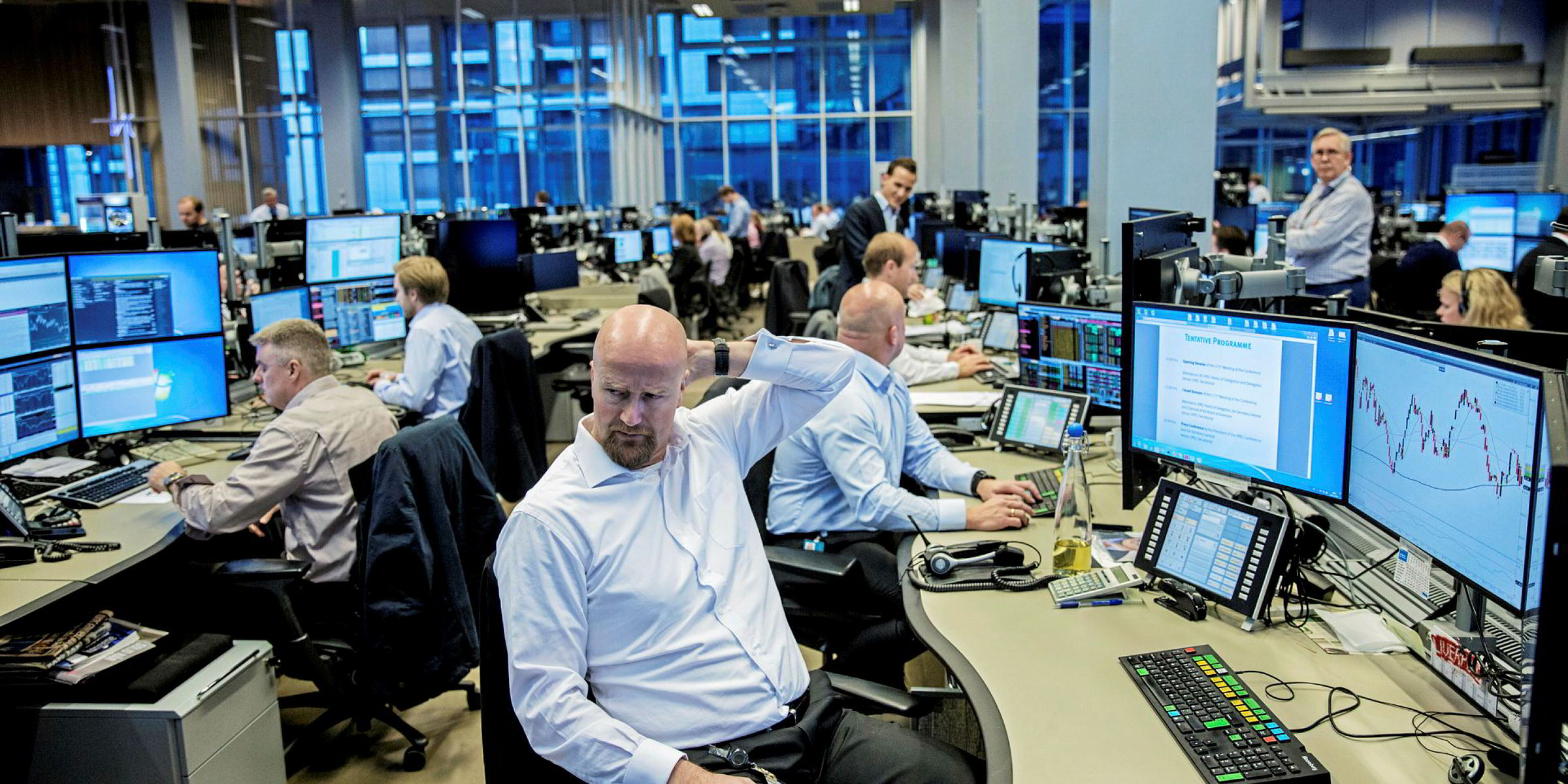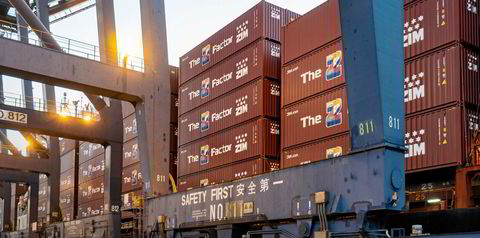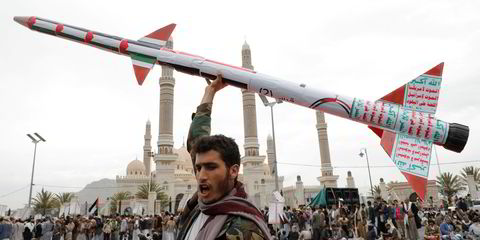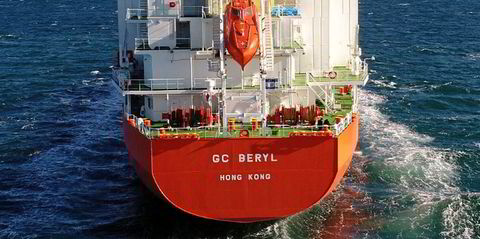Oil prices will reach about $70 per barrel by the fourth quarter of this year, predicts DNB’s oil expert.
Such a price would mean a 44% jump in a matter of months, as Brent was at $48.47 per barrel and West Texas Intermediate (WTI) at $46.26 this week.
Even $60 per barrel would ratchet up expectations for offshore support vessels (OSVs) but, as the single-most important driver for the sector, oil prices at $70 could radically redraw the landscape for crisis-stricken shipowners.




